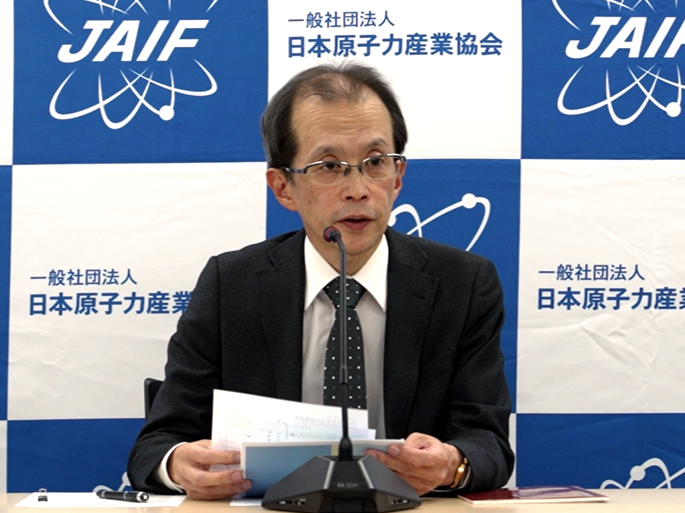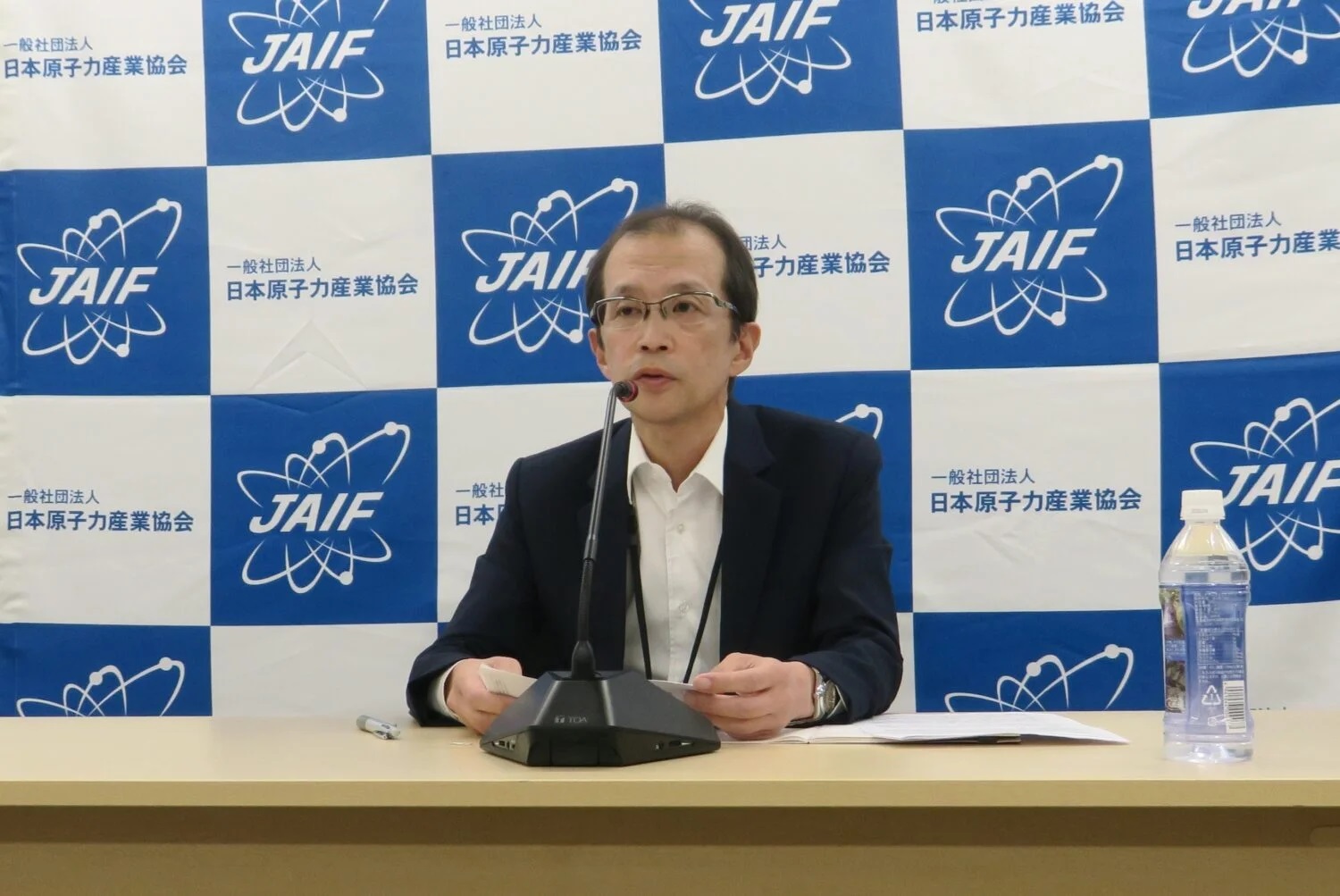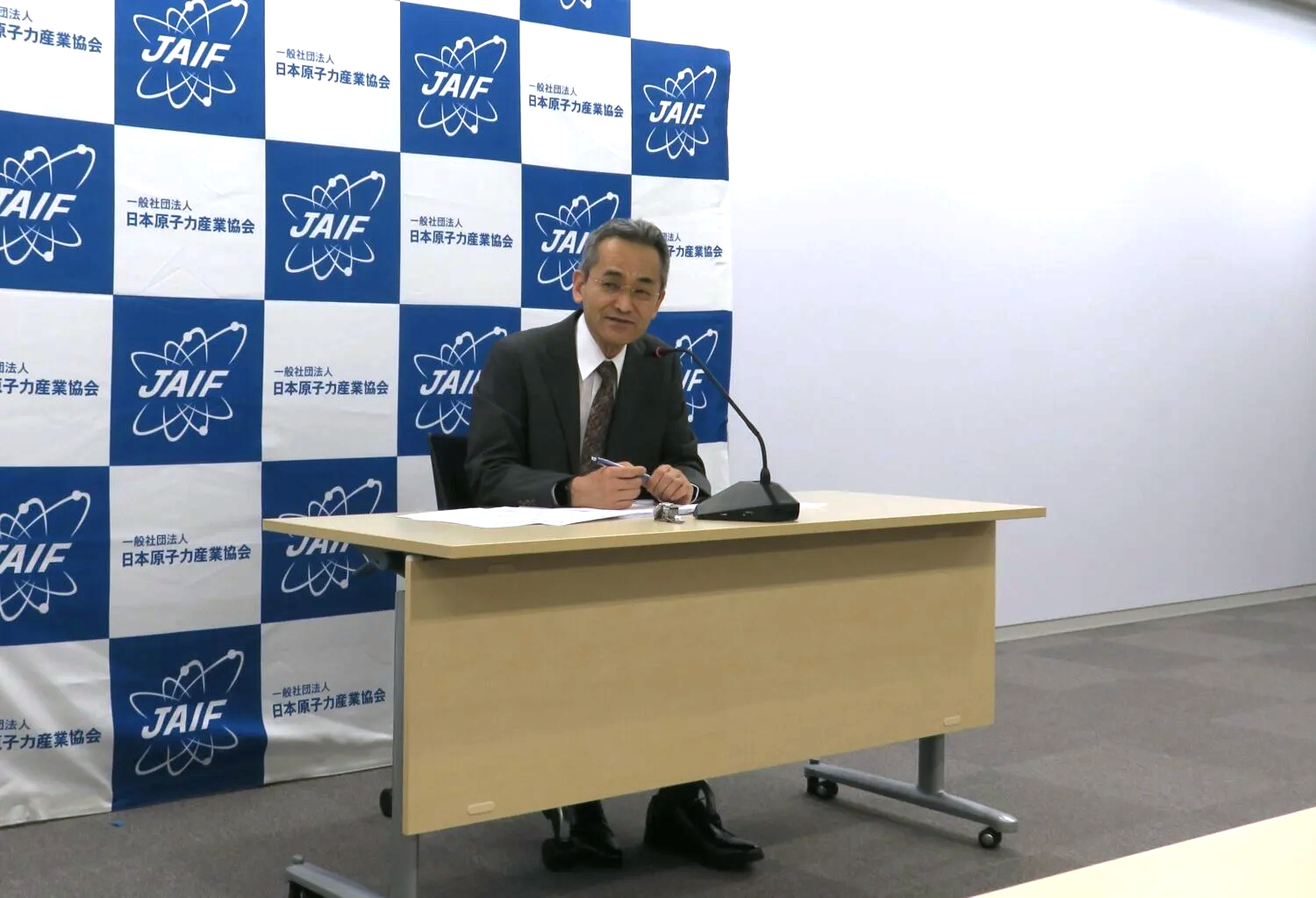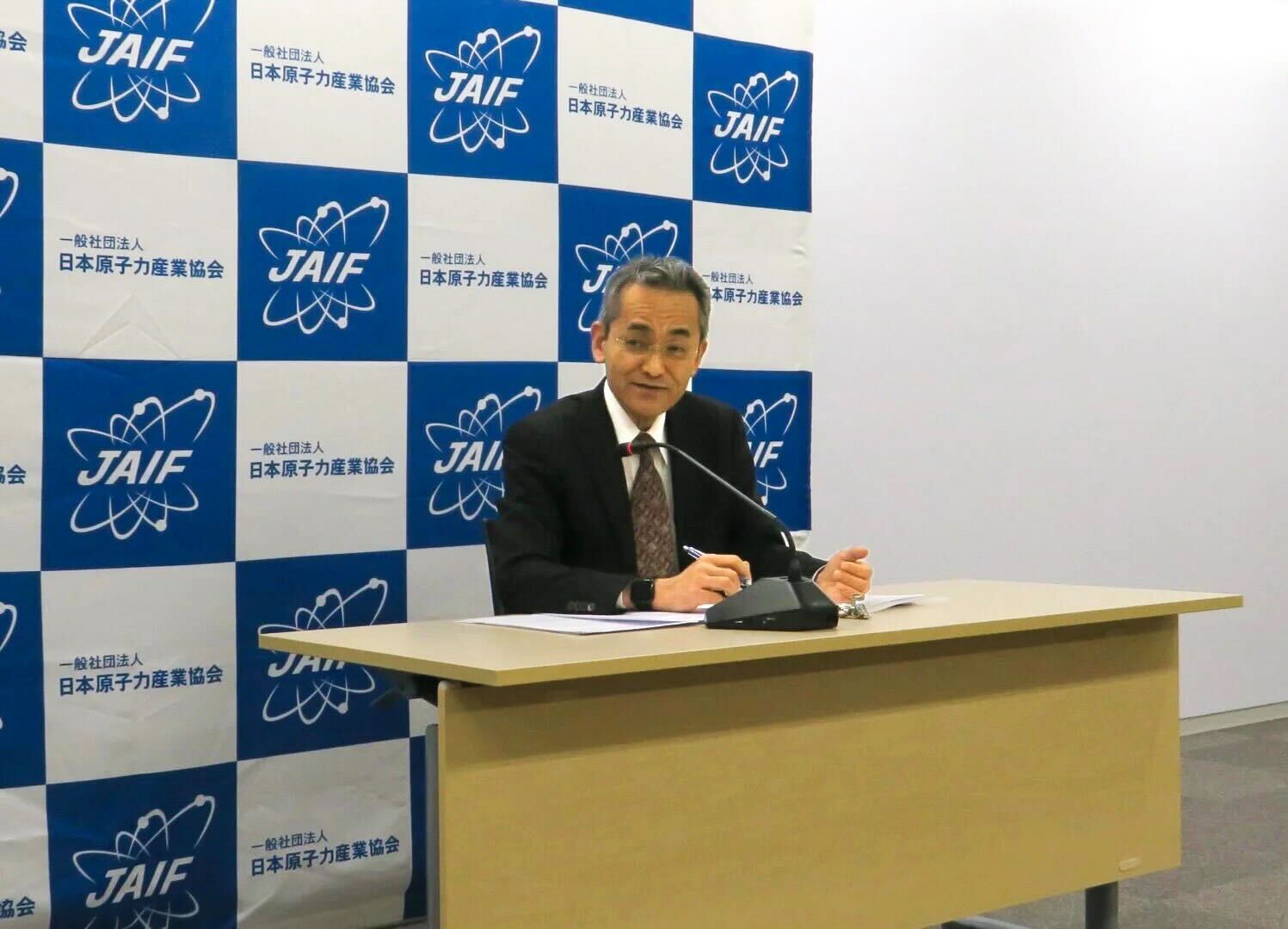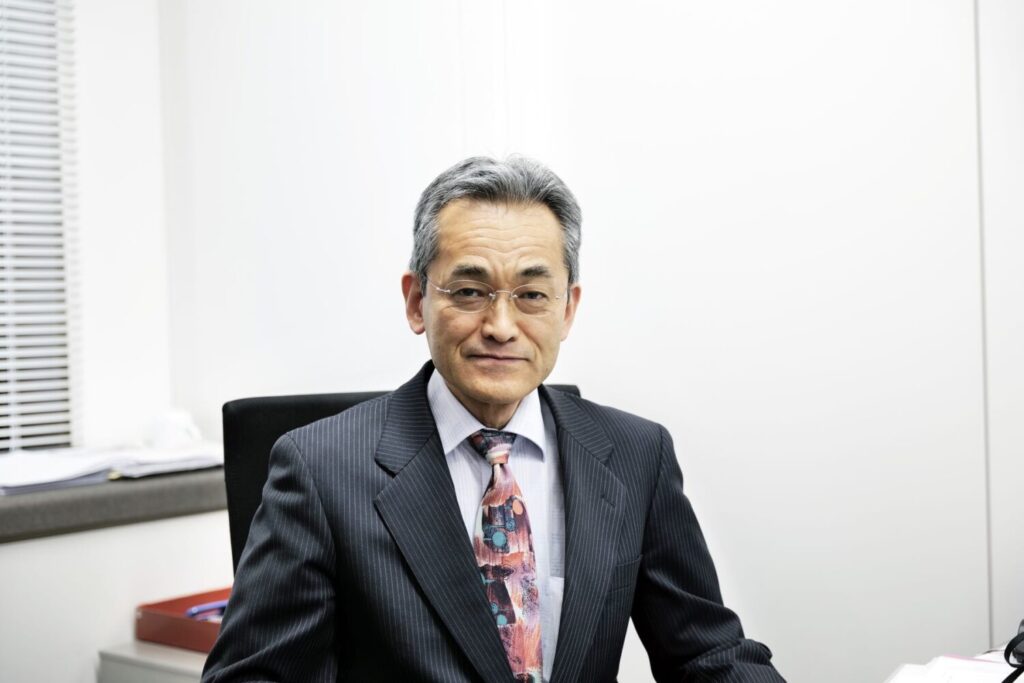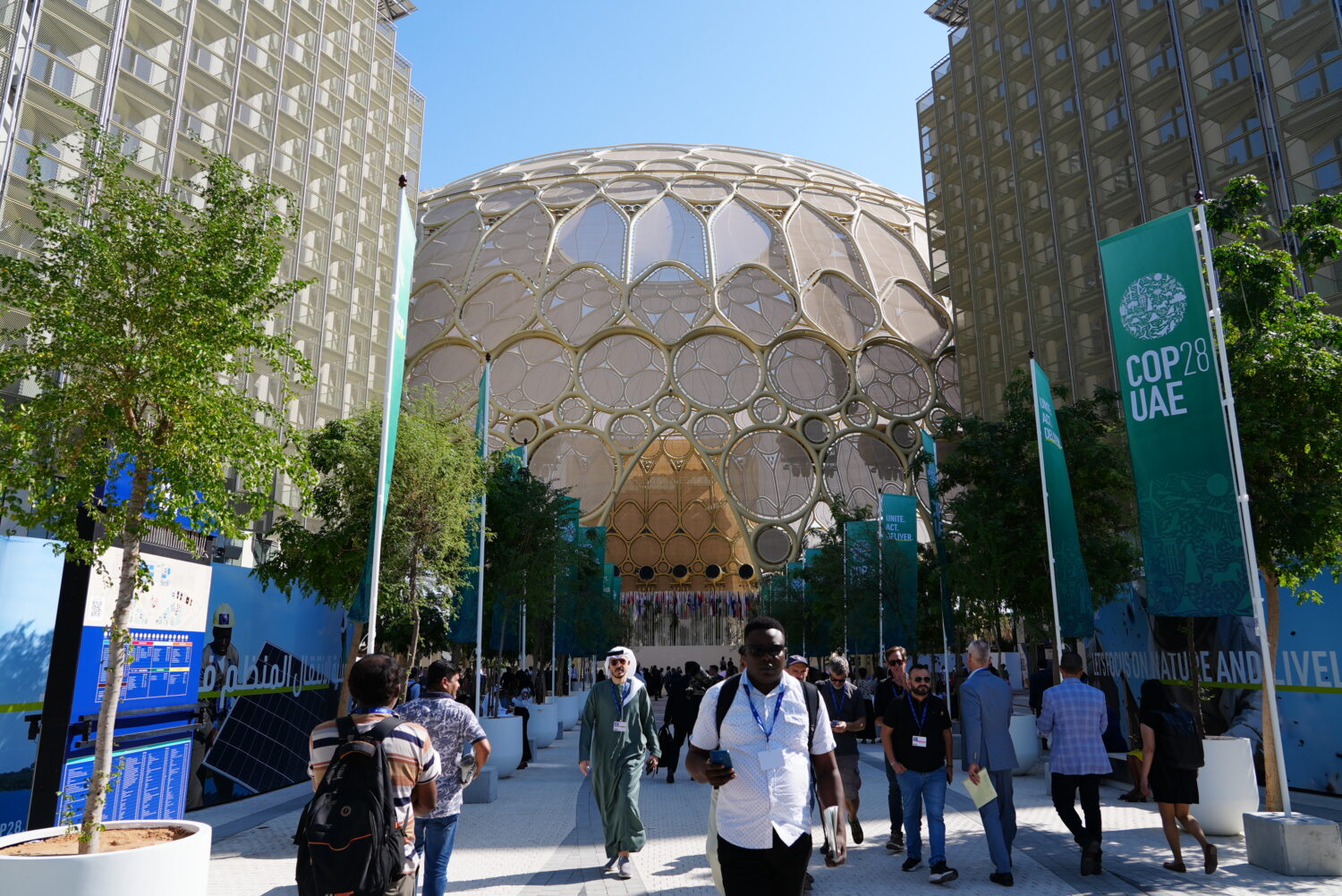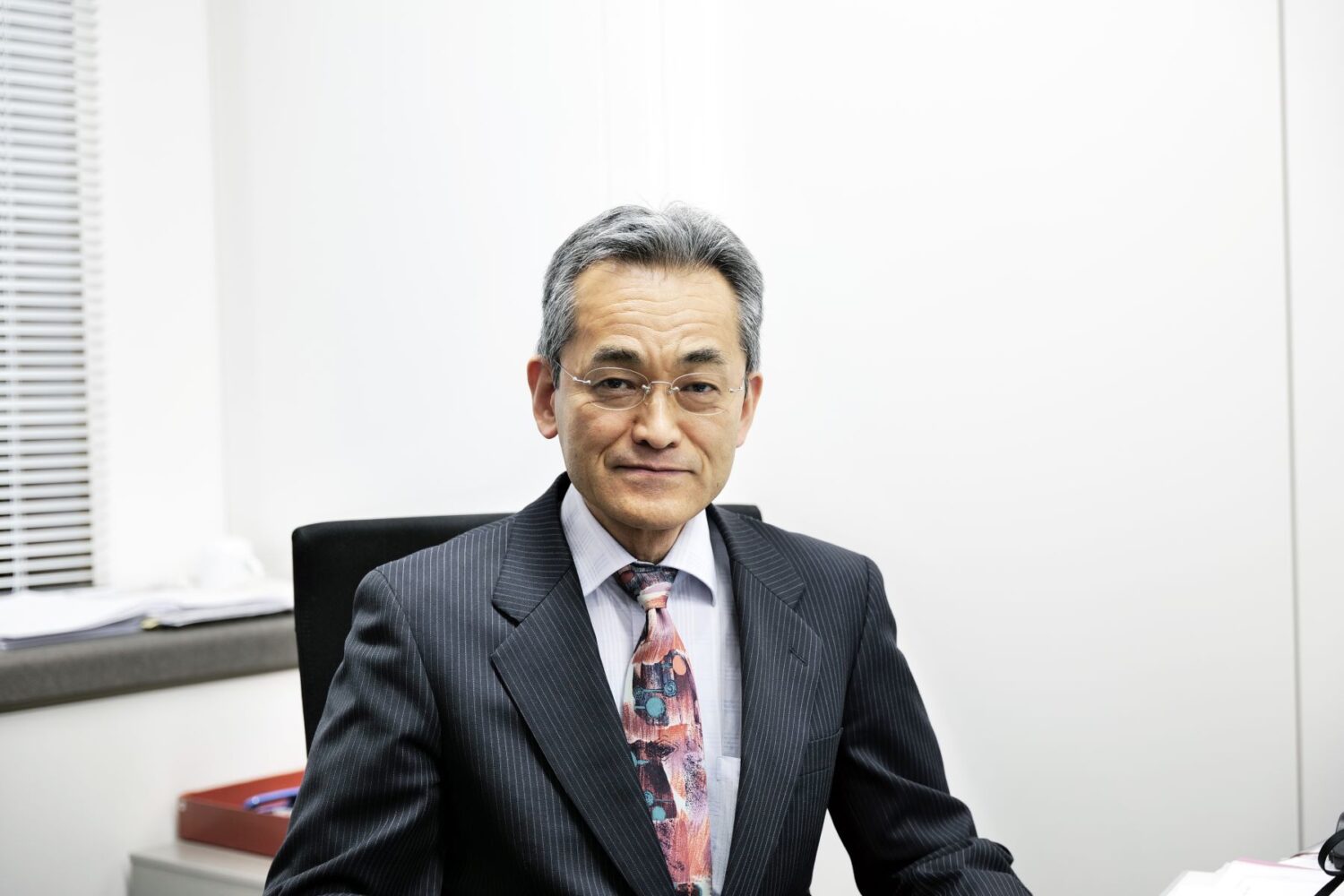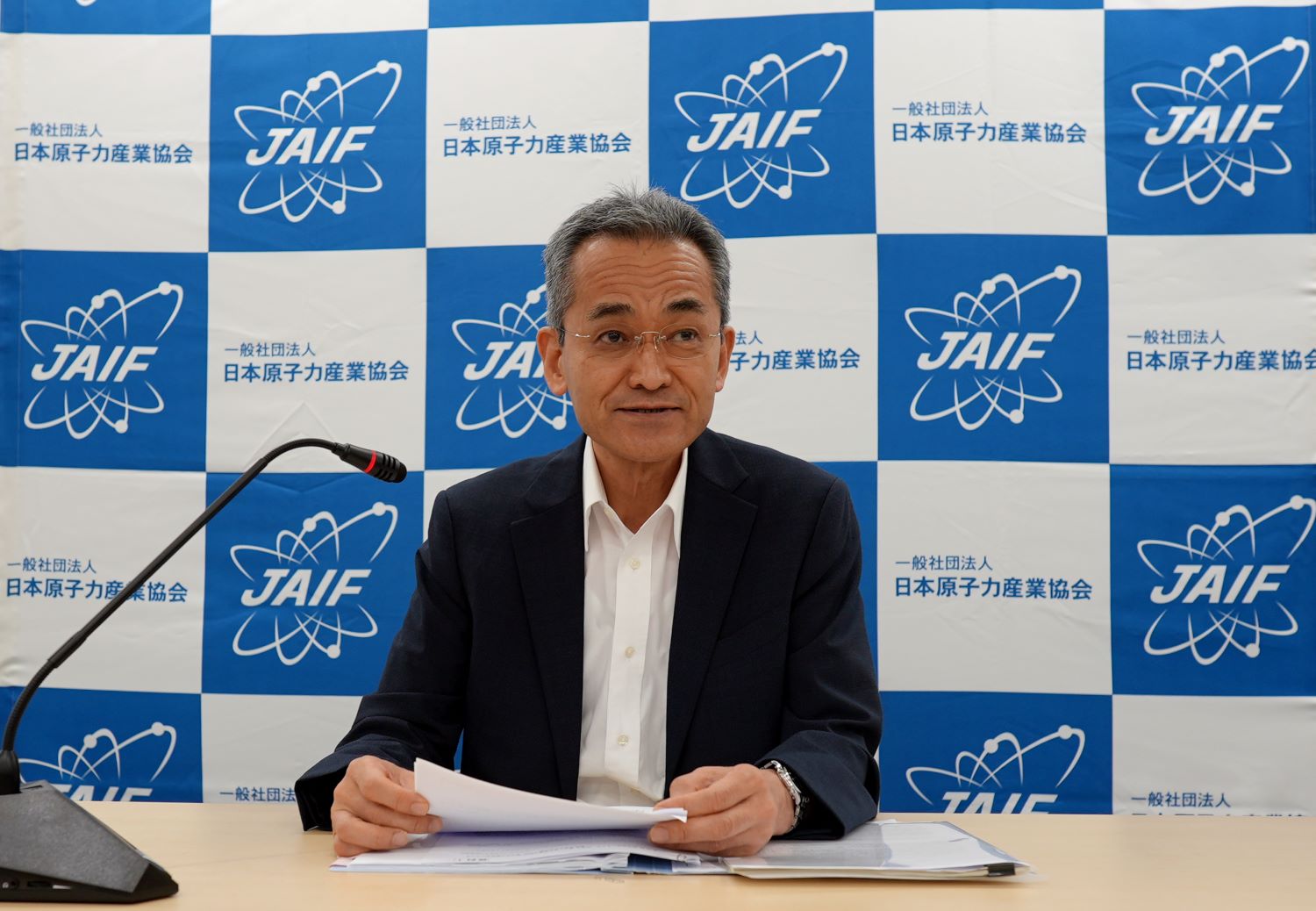There were more vigorous discussions about nuclear energy at COP26 than at any previous COP. In advance, the International Atomic Energy Agency (IAEA) released a report entitled “Nuclear Energy for a Net Zero World,” and held several events during the session.
In the report, IAEA Director General Rafael Mariano Grossi said that it was clear that nuclear energy was increasingly attractive in the quest for specific measures to deal with the profoundly serious issue of climate change. An increasing number of countries, he said, were considering nuclear energy as a clear part of their solutions.
Dr. Fatih Birol, executive director of the International Energy Agency (IEA), stated that all the climate pledges announced by countries at COP26, if met in full and on time, would be enough to hold the rise in global temperatures to 1.8°C by the end of the century, but that rapid progress on reducing emissions by 2030 would be required if 1.5°C were aimed at. Saying that nuclear energy played an essential role in directly addressing climate issues, he called for the construction of new nuclear power plants (NPPs) in Europe, North America, and Asia.
Against the backdrop of COP26, global nuclear industries jointly published a report on the contribution of nuclear energy to achieving each of the seventeen United Nations Sustainable Development Goals (SDGs).
During COP26, the Japan Atomic Industrial Forum (JAIF) participated in live streaming by the Nuclear for Climate (N4C) initiative, a gathering of nuclear professionals and scientists from more than 150 societies and associations around the world. It also held its own side events to convey to governmental personnel from various countries and to NGOs the fact that nuclear power is a low-carbon power source, as well as an available solution for cutting greenhouse gas emissions and meeting increasing power demand.
As the IAEA and IEA noted, many countries are considering the introduction of nuclear power as part of their climate-change measures. More than thirty countries are either planning or have announced new nuclear projects, and more than twenty others are keenly interested in nuclear technology. Movements are also taking place in technologically advanced nuclear nations.
The British government published a policy paper entitled “Net Zero Strategy: Build Back Greener,” which positioned support for the construction of large-scale NPPs and the development of small modular reactors (SMRs) and advanced reactors as a national strategy.
In France, meanwhile, President Emmanuel Macron declared the intention of his country to resume the construction of large-size NPPs in addition to investing in the development of SMRs, all for the purpose of achieving carbon neutrality by 2050, while simultaneously ensuring energy self-reliance and power supplies.
The necessity for promoting nuclear power has thus been brought to the forefront.
From the viewpoint of a stable energy supply, nuclear energy—an already established technology—is the most reliable energy source, given that it is robust and economically efficient, as well as environmentally sustainable. It is also an innovative technology that embraces fast reactors, SMRs, high-temperature gas-cooled reactors (HTGRs), and fusion. Additional advances can certainly be expected.
Beyond power generation, expectations are also high for nuclear technology in furthering decarbonization in other areas as well—transport, chemicals, and steel manufacturing, among others—via thermal supply and hydrogen production.
On November 8, a new Japanese governmental panel (chaired by Prime Minister Fumio Kishida), focused on realizing a “new capitalism,” declared emphatically that the country would pursue all options, including nuclear energy and hydrogen, toward achieving the CO2 reduction target for 2030 and carbon neutrality by 2050. It was thus a statement of Japan’s strong commitment to clean energy technology and adherence to the benchmark of 1.5°C.
The utilization of nuclear energy could reduce CO2 emissions per 1,000MW by approximately 3.1 million CO2-equivalent tons per year. If all thirty-three domestic NPPs available for service in Japan were back in operation, the effect would be to lower CO2 emissions by around 24 percent in the energy conversion sector compared with the comparable figure in 2019.
The nuclear industry, making the utmost use of nuclear technology, is determined to do its part in making “2050 carbon neutral” a reality.
Shiro Arai, President, JAIF



